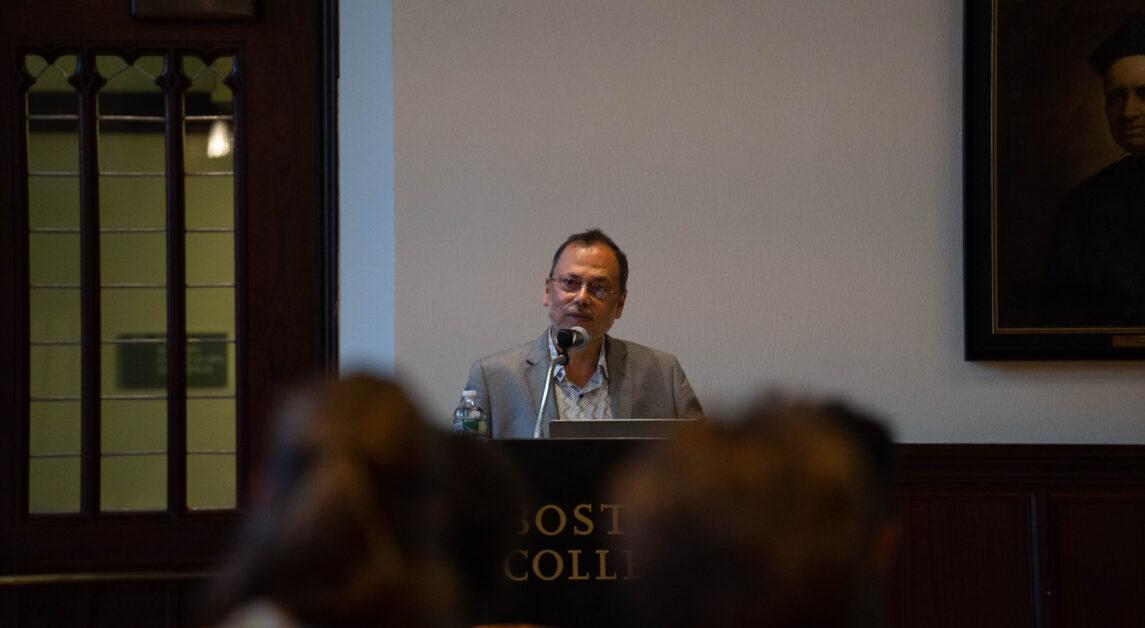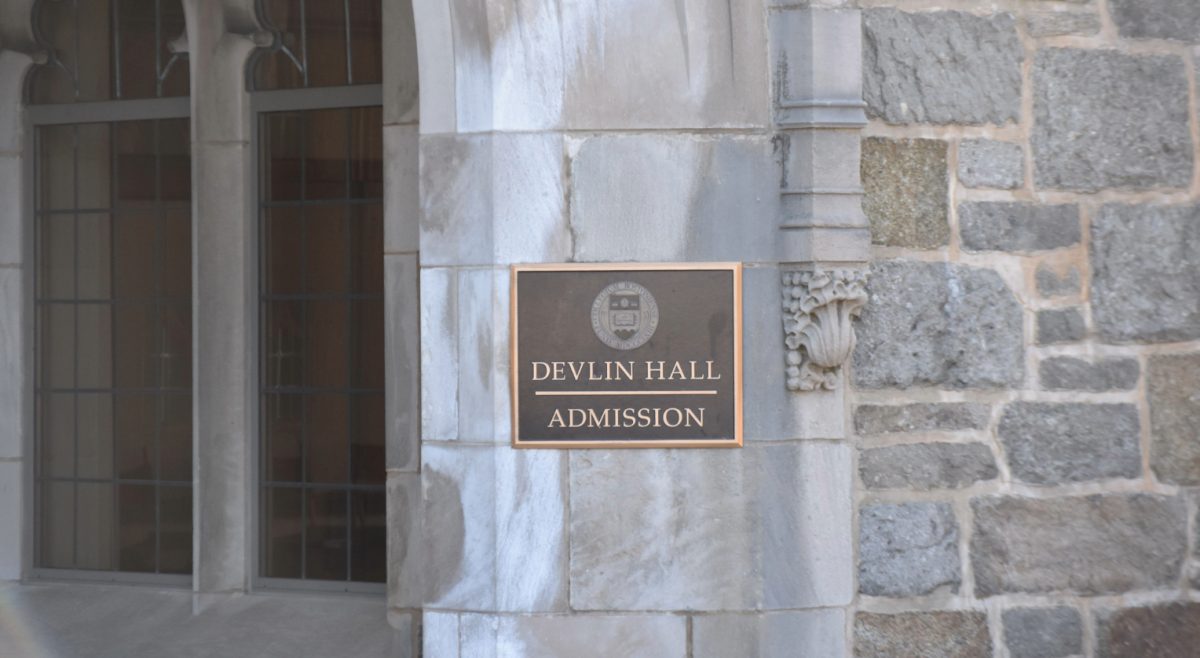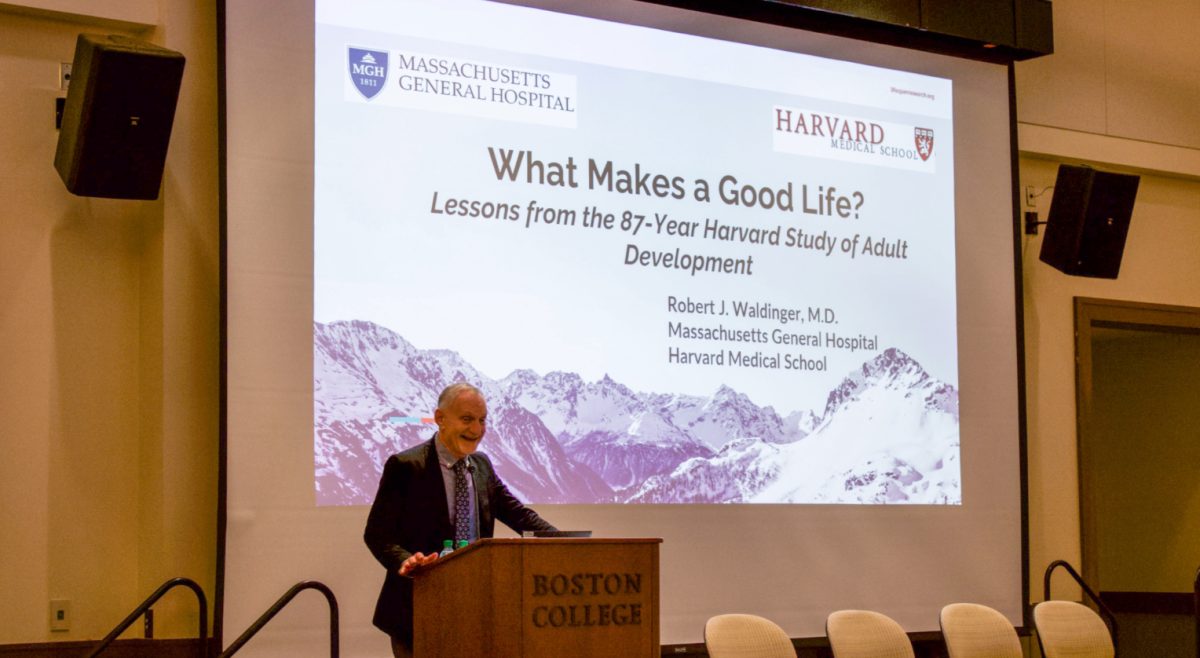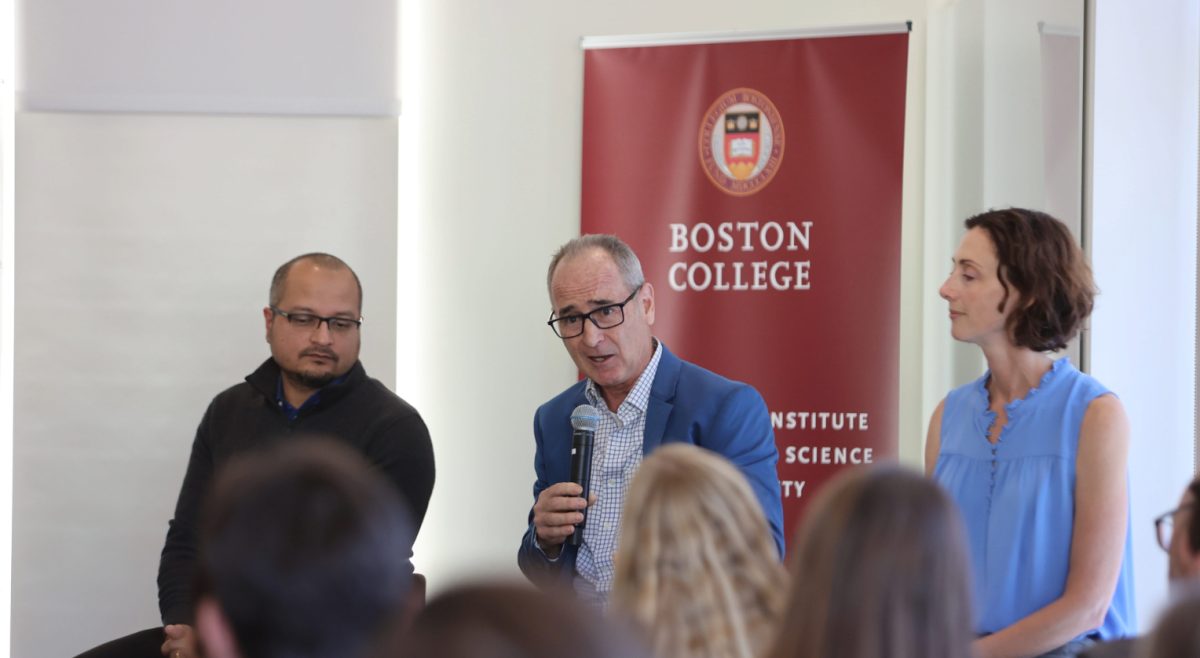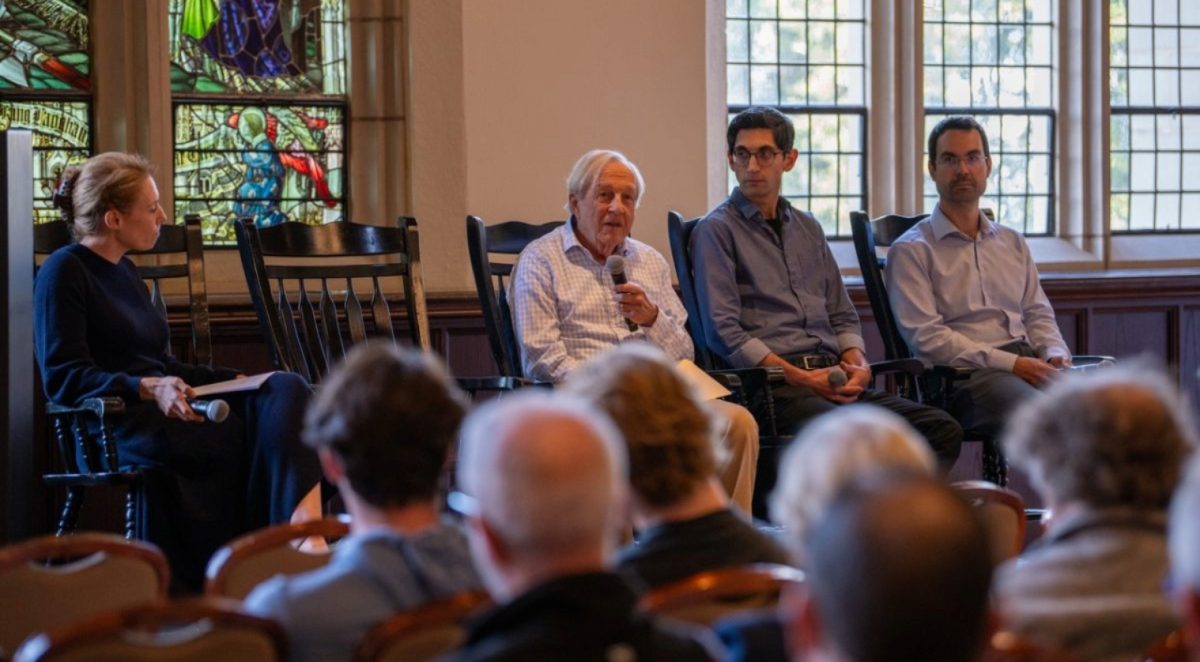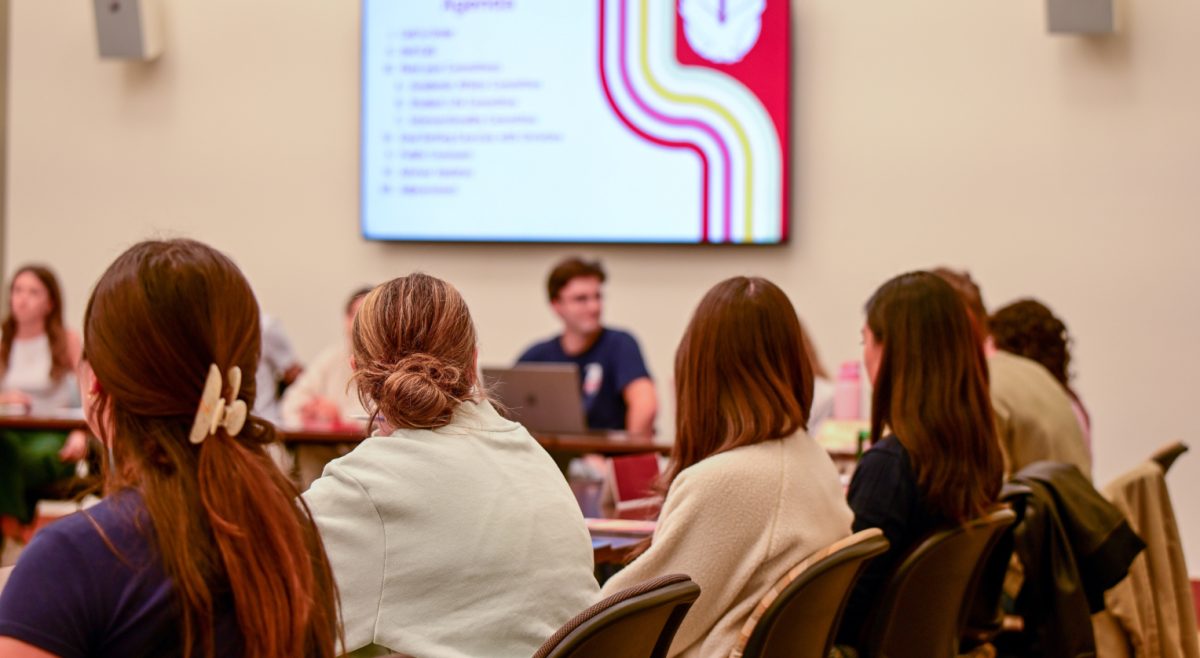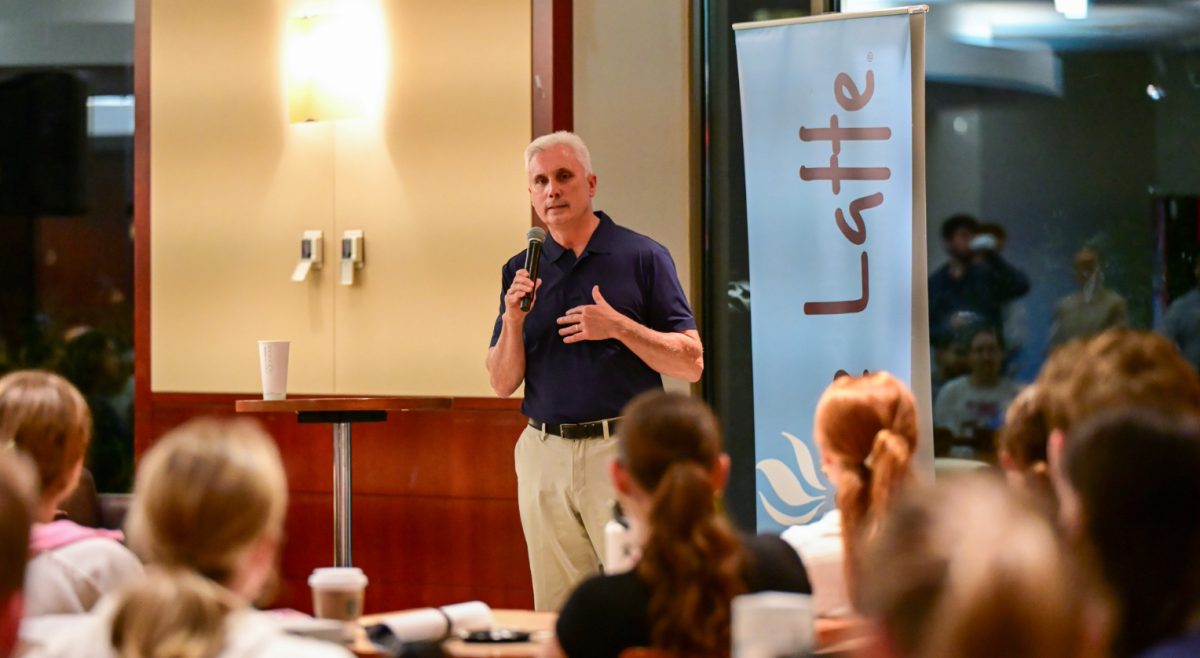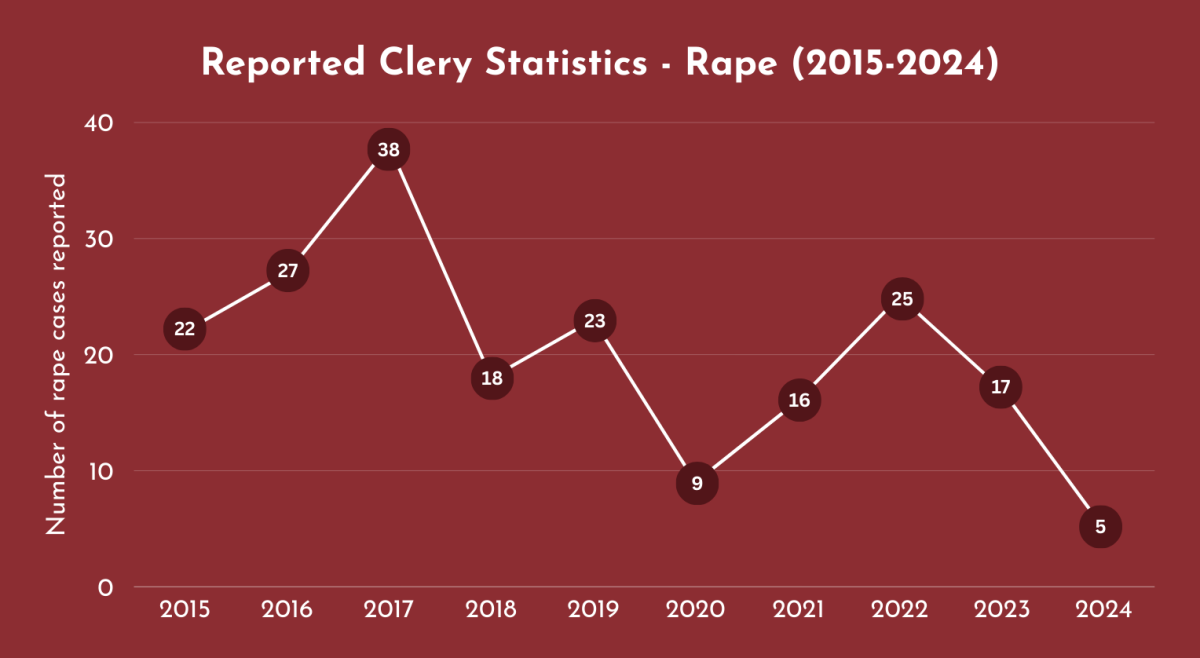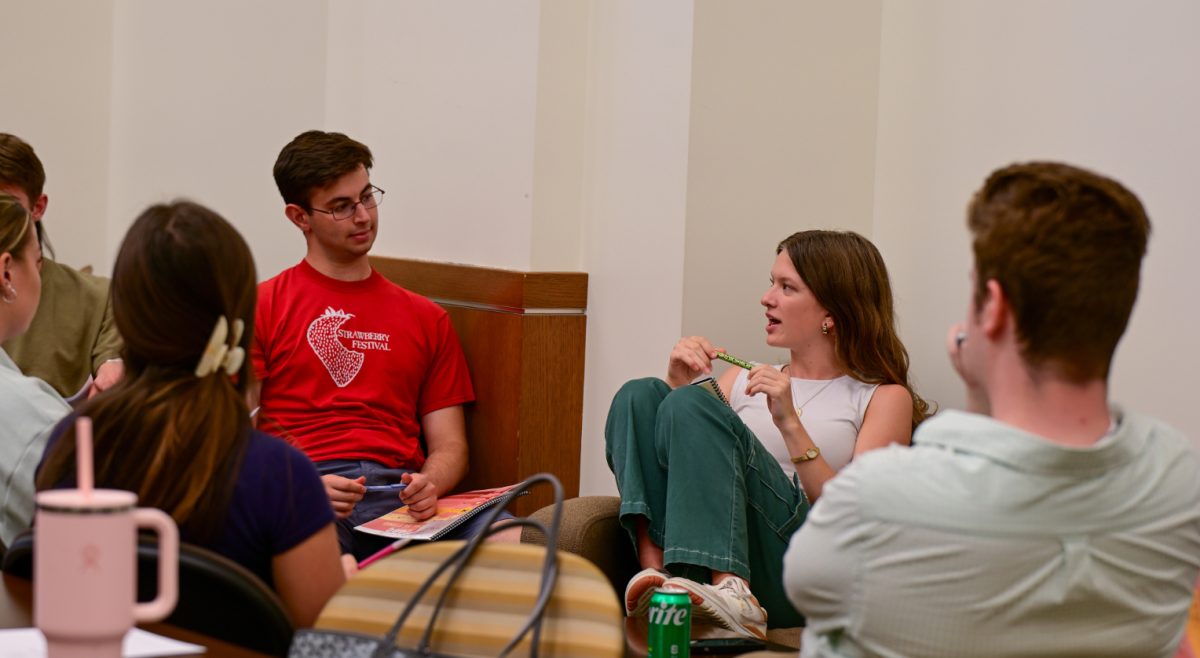“Recent history seems to challenge one of the very fundamental assumptions on which historical thinking rested, which is that human history is different from natural history,” Chakrabarty said. “And the way that natural scientists view history is different from the historians.”
Chakrabarty spoke at Boston College on Thursday in a talk titled “The Planetary Turn in Human History,” analyzing humans’ effects on the environment as a part of the Lowell Humanities Series and Park Street Corporation Speaker Series.
According to Chakrabarty, though climate change has been a public issue since the 1980s, it was not emphasized in historians’ narratives of human history. Chakrabarty said that geologists, however, highlighted the large impact humans have had on Earth’s history.
“I came across geologists describing humans as a geological agent,” Chakrabarty said. “They said that humans, with their numbers and consumption and technology, have become a thing that has the same impact on the planet as the asteroid that wiped out the dinosaurs.”
Human history and natural history were traditionally separated, according to Chakrabarty, because nature is subject to its own laws, while humans have basic necessities that impact their decisions. He added that geologists say this distinction is collapsing.
Chakrabarty continued by discussing his research into the distinction between human history and natural history. He said history typically contains two narratives: freedom from oppression and nature and a scientific narrative. These perspectives often blend together, as seen in the Cold War.
“The world is a history of differences,” Chakrabarty said. “This, coupled with World War II, left both the Soviet Union and the United States interested in the atmosphere. … That was mainly for three reasons, one that was they wanted to measure the fallout of nuclear explosions. Second was competition in space, and the third was the idea of weaponizing weather.”
During NASA’s competitive research amid the Cold War, Chakrabarty said NASA began to investigate how bacterial life is fostered, leading it to establish an Earth systems science subcommittee.
“This idea was that our life is coming from a much longer history of life, and that forms of life like bacteria had a lot to do with the persistence of life on this planet,” Chakrabarty said. “You can work out, first of all, that life itself is a geological force, but also that geology and biology in this planet are connected processes … that come together to create something that is system-like.”
Chakrabarty said human development, which arose from these scientific processes, entered a heightened state since 1950. He said this increase in development is dubbed “The Great Acceleration,” as humans have seen an increase in population size but also in greenhouse gasses and other pollutants.
“It has become clear from the figures that have been collected that humans have now become the biggest geomorphological agent,” Chakrabarty said. “We’ve moved more Earth around than all of the rivers taken together.”
Humanity’s accelerated development comes with a sacrifice, according to Chakrabarty.
“The conundrum comes because the price of development is biodiversity loss, and this increasing planetary load from humans,” Chakrabarty said. “And it comes sometimes to the plight of the poor.”
Chakrabarty ended his talk by urging universities to tackle the problem of climate change with a holistic, united approach.
“We’re facing a problem that has so many dimensions that your diagnosis has to be holistic, like how Earth systems scientists are holistic,” Chakrabarty said. “Earth systems scientists imagine the planet as one, and they create a calendar of action to synchronize their action, and the humans are constitutively not one.”

